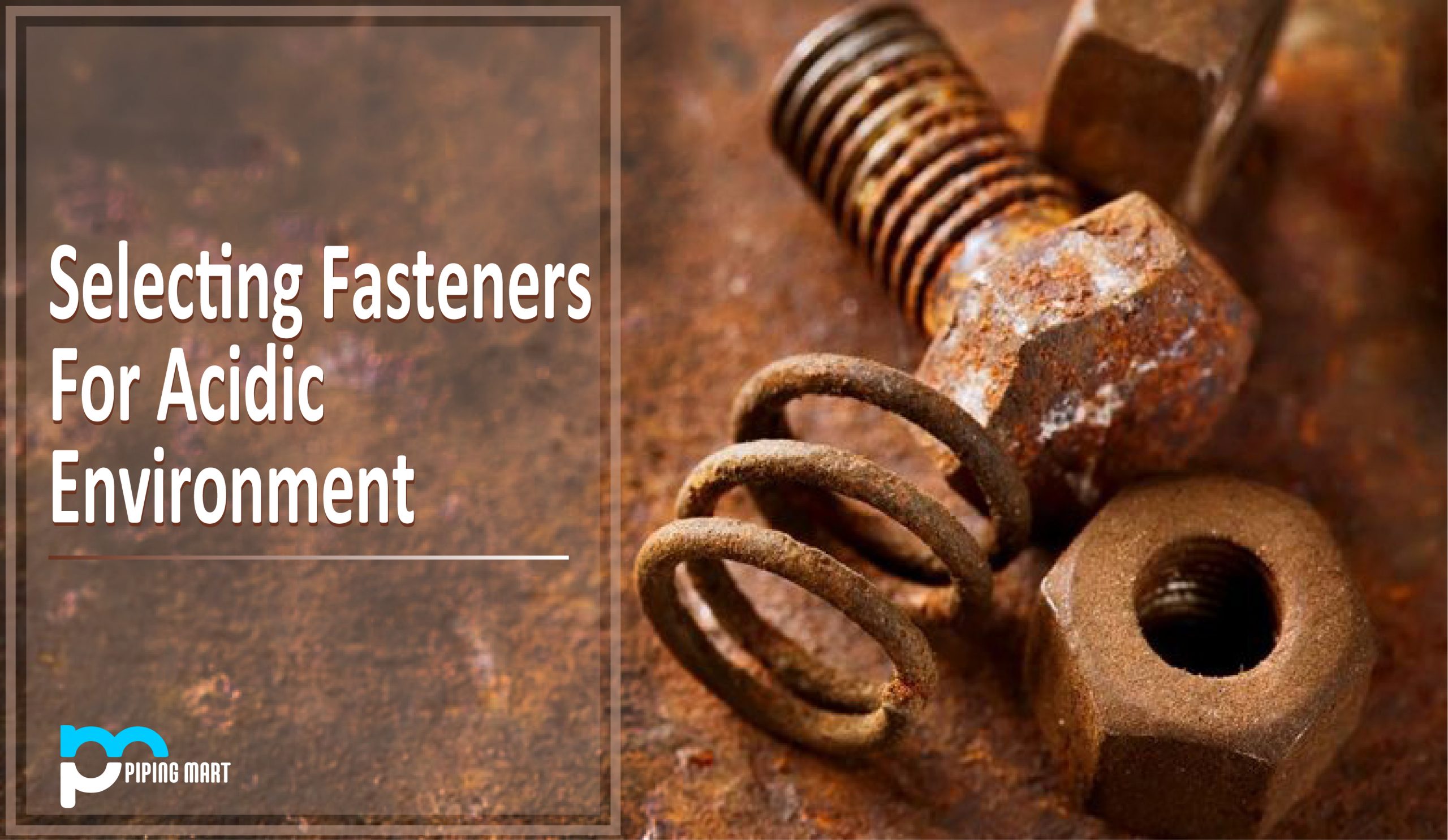Temperature safety valves are essential components in closed systems such as steam boilers, hot water systems, and other process equipment. They are designed to protect the system by automatically relieving pressure if the temperature exceeds a predetermined level. In this blog post, we’ll take a look at the uses of temperature safety valves, how they work, and why they are so important.
What is Temperature Safety Valve?
A Temperature Safety Valve is a device used to relieve pressure buildup in piping systems that happen due to fluctuations in temperature. It is a crucial safety measure that helps protect the system from damage and can be used in steam boilers, pressure vessels, and other closed systems. This valve opens up as soon as unsafe temperatures are detected, thus releasing the excessive pressure before it causes any harm. Temperature Safety Valves are also cost-efficient since they help prevent expensive repairs resulting from sudden bursts of heat. Moreover, they come with multiple settings for various temperatures thereby making them an invaluable part of any heating system.
Temperature Safety Valves Uses
Temperature safety valves are used in many different types of industrial systems. Steam boilers are one of the most common applications for these valves. When steam is produced in a boiler, it has to be kept at a certain pressure level; if the pressure gets too high, it can cause damage to the boiler and even cause an explosion. A temperature safety valve helps to ensure that this doesn’t happen by automatically releasing excess pressure if the temperature rises above a certain level.
Temperature safety valves can also be used in cooling systems such as air conditioners or refrigerators. These devices use refrigerants which must remain at low temperatures; if the temperature rises too much, it can cause damage to the system or even personal injury. The temperature safety valve prevents this by automatically releasing excess pressure when the temperature reaches a certain level.
How Does It Work
The working principle behind a temperature safety valve is fairly simple – it opens when the temperature reaches a certain point and closes once it has returned to normal levels. The valve is typically installed between two pieces of piping with an adjustable opening size; when the fluid inside passes through this opening, it will cool down due to Bernoulli’s Principle and reduce its pressure accordingly. If the fluid gets too hot, however, then its pressure will rise beyond what is safe and trigger the valve to open up and release some of its contents until it returns back to normal levels again.
Conclusion
Temperature safety valves are essential components in closed systems such as steam boilers and cooling systems. They help keep these systems running safely by automatically relieving excess pressure if temperatures get too high; without them, there could be serious consequences such as explosions or personal injury due to malfunctioning equipment. Understanding how these valves work can help you make sure that your industrial equipment is running safely and efficiently all year round!
Meet Heer, a dynamic and driven writer learning tricks of her trade in the metal industry. With a background in Digital Marketing, Heer brings a unique perspective to her writing, sharing valuable insights. Apart from blogging she like reading and hiking.




